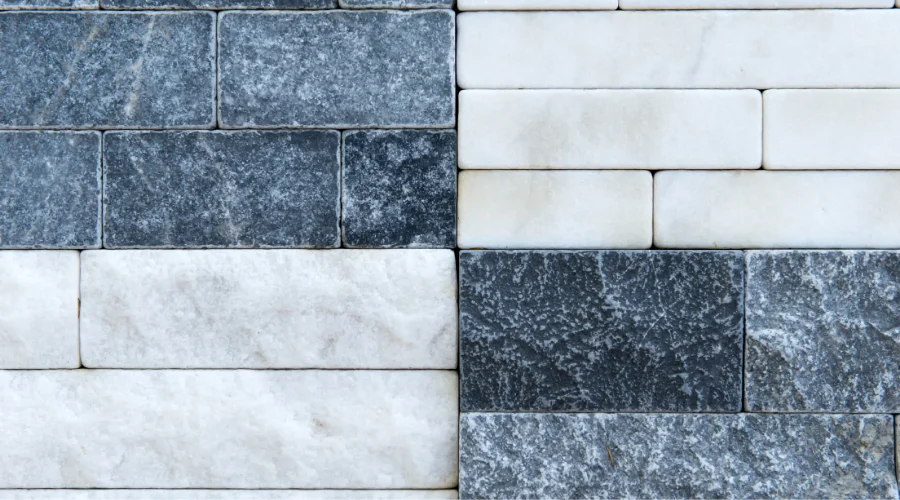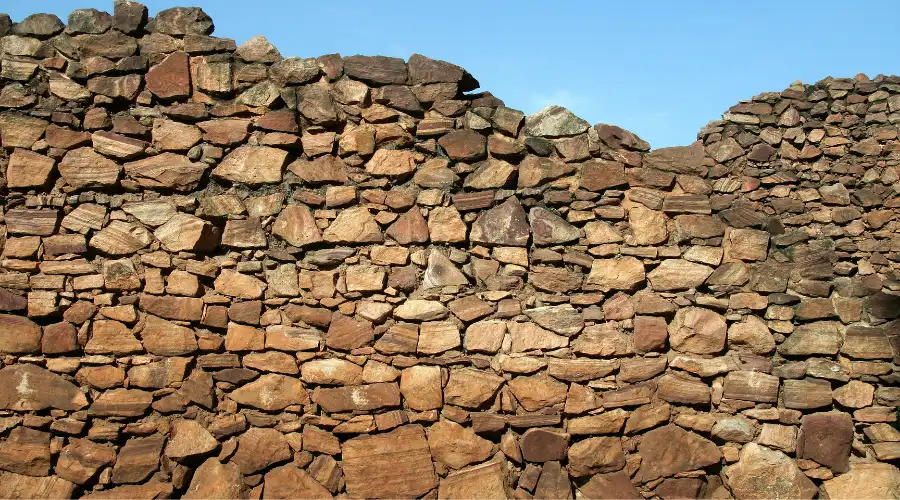Are you looking to transform your simple wall into an outstanding focal point? Then stone wall cladding should be the one you need to keep an eye on. Generally, wall cladding provides the enhanced looks and functionality to the structure. In the same way, stone wall cladding satisfies all the basics that the other wall cladding offers, additionally giving the rustic looks of the natural stone, adding values and sophistication. Let’s take a look at stone wall cladding.
Overview of Stone Wall Cladding
Stone wall cladding is a construction technique that involves the addition of thin layers of stones to the internal and external surfaces of the wall. This is mainly done to increase the overall aesthetics of the building. This not only improves the appearance but also offers enhanced durability to the walls.
Type of Stone Cladding
Limestone Cladding

Limestone is the best material for the walls of buildings, be it an interior wall or an exterior one. It is easily carved, sculpted, and quite versatile, making it a perfect choice for cladding pavements, facades, or stairs of any structures in a house. Limestone is one of the oldest construction materials still in use because of its indestructible and natural beauty. It can be easily cut and shaped into some of the most beautiful architectural creations. Limestone cladding has so much to offer in terms of universality and in visual difference.
Mountain Ledge Stone Cladding
This is a coarse-layered stone with fascinating patterns and designs. Its strong generation of shadow lends interest to any vertical surface. It largely consists of rocks that are squared at the edges, with multiple textures ranging from almost smooth to very abrasive. Like Northern Ledge, it is a panelled rock which suits any architecture that is rustic yet modern. It can be installed rapidly and is slightly larger than the average size of stone, which makes it applicable for a wide variety of uses.
Ledge Stone Cladding
These are also known as piled stones. This type of stone is used for walls, fireplaces, and borders. It is comprised of several types of rectangular, natural rock stripes that are put over a mesh to create a veneer. Its tiles come in the most popular sizes of 6×20 inch and 6x24inch, that are made up of four rows of stones cemented together. Its cladding looks gorgeous on whatever wall it is placed and it invariably becomes the focal point of the room.
Coursed Stone Cladding
These are individual pieces of rock that are cut into a standard height and length for coursed wall cladding. Even though some are more uniform, all together they form a fantastic impression. Generally, they are kept very close to each other without needing mortar joints. Keeping that aside, some rocks would demand a thin mortar application. The evenness and uniformity of appearance are consistent and are available with tumbled, pitched-faced, and split-faced finishes.
Stack Stone Cladding
The most popular way to refresh a facade, fireplace, or fountain is with stacked stone. It is also an excellent way to build a feature wall with visual and textured effects. For this type of cladding, natural quartzite or marble is sliced into strips. Each of these tiles is glued on with very strong adhesive. This is the most common type, made with an interlocking or Z-cut pattern so that grout lines are invisible.
Artesia Stone Cladding
Natural stone that creates interest through the individuality of each rock is called Artesia. Installing artesia cladding is as easy as installing any regular tiles, and its natural look stays unaltered even after prolonged use. They are suitable for outdoor installations. They resist abrasions and treading.
Country Rubble Stone

Country Rubble Stone cladding has some resemblance to the provincial structures found in Europe, where the architecture generally speaks of an easier way of life. The colors of this original cladding seem to give some sort of rugged earthy beauty, capturing the essence of timelessness related to the European countryside. Usually used in outdoor settings, such as gardens, golf courses, and palaces, this kind of cladding is rough and strong but is also aesthetically pleasing.
Benefits of Stone Wall Cladding
- They improve the overall appearance of the building, through its natural looks.
- They have good insulation properties that keep the internal surface unaffected by external temperatures.
- It safeguards the wall from the effects of rain and UV radiation.
- It is very strong and durable, making it suitable for both internal and external walls.
- Incorporating stone wall cladding increases the overall property value, giving a luxurious look.
Stone Wall Cladding Installation Process
Surface Preparation
The wall surface over which the stone wall cladding needs to be incorporated should be completely whitewashed to remove dust, grime and other loose substances. If the wall is painted, the paint should be stripped off to have a rough surface for adherence.
Applying Mortar or Adhesive
Apply a layer of mortar or specific stone adhesive over the prepared surface. Although different stones use different mortars, cement mortar is commonly used for stones. The mortar should be thick enough to accommodate stones, but not too thick to form uneven surfaces.
Placing the Stones
Once the mortar or adhesive is applied, the stones are carefully placed into the wall from the bottom to the top. Each stone, when placed, is pressed against the mortar for secure placement. Stones can be placed in random, stack or ashlar joints, whichever suits your particular project. While placing, the joints should be well placed at equal intervals and appropriately leveled.
Grouting
After all the stones are laid, and the mortar is completely cured, the space between the laid stones is filled with joints for a neater finish to prevent water seepage. In places where stones are placed closely, grounding may not be required.
Finishing Touches
After grouting, the surface is swept to clear excess mortar and properly sealed for a final time. Adding a protection layer can help enhance the water resistance, dirt, and stains on the stones.
Conclusion
To sum it up, stone wall cladding is a brilliant choice for those looking to enhance the overall looks and functionality of their housing. Its unmatched durability and enhanced protection make it stand for a long time without regular maintenance. The timeless elegance and sophistication it offers, along with the insulation properties, keeps the space more refreshing. All these make it an undeniable option to look for when it comes to wall cladding.

